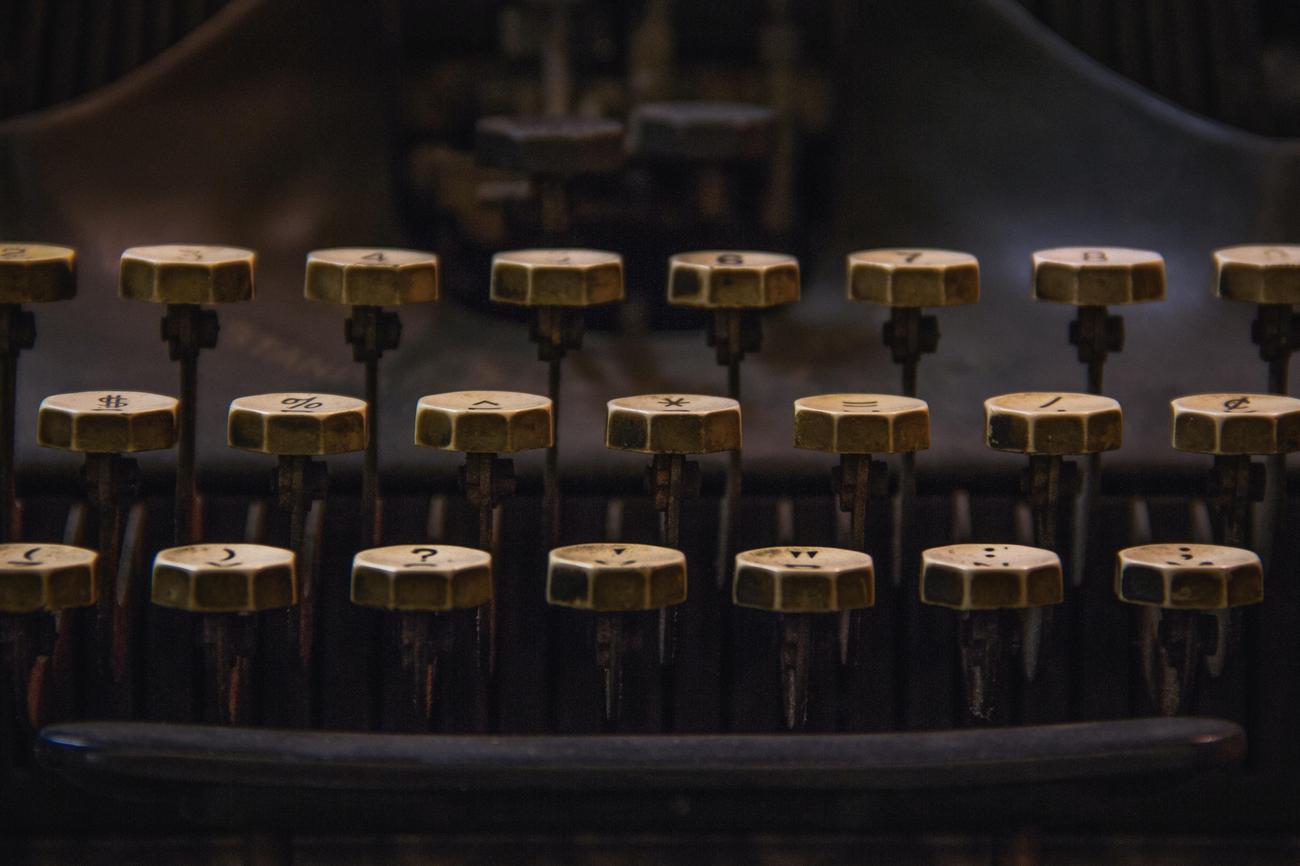Unveiling the Oldest Key Ever Discovered: A Fascinating Dive into Ancient Relics.

What is the oldest key? Delving into the intriguing world of ancient relics, we unlock the door to a captivating journey through time. As a seasoned historian and avid antique enthusiast, my expertise lies in unearthing historical treasures and shedding light on their significance. In this article, we embark on a thrilling adventure to unravel the mysteries surrounding the oldest key ever discovered. With meticulous research and a passion for the past, we delve into the origins, evolution, and cultural significance of this ancient artifact, offering a unique glimpse into the hidden secrets of our ancestors. Join me as we step back in time to explore the captivating story of the oldest key and unlock the door to a fascinating past.
What is the oldest key?
The history of keys is a fascinating journey that takes us back thousands of years. What is the oldest key? Let’s delve into the captivating world of ancient relics and unlock the mysteries of the oldest key ever discovered.
Ancient Babylon and Egypt provide the backdrop for the origins of keys, with their early locks being simple wooden devices. These locks featured small pins hidden near the bolt, and the Egyptians ingeniously used toothbrush-shaped wooden keys to lift these pins and unlock the bolt. From wood to metal, the evolution of locks and keys is a testament to human ingenuity.
One significant discovery in ancient Mesopotamia reveals a wooden pin lock dating back 4,000 years ago. However, it was the ancient Romans who made significant improvements to the designs of these wooden locks by introducing iron into their construction. Progress continued, and in 1778, Robert Barron invented the double-acting tumbler lock, marking the first serious attempt to enhance lock security.
Keys have played an essential role in ancient societies, with evidence of their existence dating back 4,000 years in ancient Egypt. The development of keys and locks varied in Western and Eastern cultures, with little cultural exchange until later periods. Interestingly, the oldest preserved door locks have been found in ancient Egypt, dating back to at least 2,000 BCE.
The rudimentary key and lock system in the kingdom of Assyria around 4,000 BCE featured pins of varying length, forming the locking mechanism. Additionally, European keys from the 6th to 9th centuries provide insight into the dominant styles of the era, making it easier to determine their age.
To further complicate matters, key and lock inventions continued to evolve over time. In 1975, Tor Sørnes patented the first electronic keycard lock, incorporating different authentication methods such as passwords and biometric data like fingerprints.
Looking back on this historical journey, it is clear that keys have played an integral role in human civilization. They have helped secure homes, protect treasures, and unlock the secrets of the past. The oldest key ever discovered serves as a tangible link to our ancestors, reminding us of their ingenuity and craftsmanship.
In conclusion, what is the oldest key? It is a relic from ancient civilizations that has withstood the test of time. From the simple wooden locks of Babylon and Egypt to the complex electronic keycard locks of today, keys have always been an essential part of our lives. They symbolize security, access, and the rich tapestry of human history. So, the next time you hold a key in your hand, take a moment to appreciate the centuries of innovation and artistry that lie within its tiny metal frame.
Are you curious about the fascinating facts surrounding keys? Look no further! We’ve compiled a comprehensive list of intriguing information about keys that will surely captivate your interest. From the origins of this essential tool to its various uses throughout history, you’ll discover a world of knowledge. So, if you’re eager to uncover the mysteries behind keys, click here for our enlightening compilation of facts about keys: facts about keys. Don’t miss out on this captivating journey into the world of keys!
The Evolution of Key Technology: From Ancient Babylon to Modern Security Systems
[youtube v=”8FJ14ZDtYD0″]
In the ever-changing landscape of security and access control, keys have been a staple for centuries. Each key tells a unique story, reflecting the advancements and ingenuity of the civilizations that created them. From the earliest wooden pins to the sophisticated electronic keycard systems of today, the evolution of keys is a testament to human ingenuity and the quest for security.
Ancient Beginnings: Unlocking the Secrets of Babylon and Egypt
[Quote: “The oldest key ever discovered dates back to ancient Babylon and Egypt.”]
The oldest key ever discovered takes us on a journey to ancient Babylon and Egypt. These early locks were simple wooden devices, equipped with small pins near the bolt. The Egyptians, known for their incredible engineering feats, utilized toothbrush-shaped wooden keys to lift the pins and unlock the bolt. Evidence of keys in ancient Egypt dates back an astounding 4,000 years, with the oldest preserved door locks found dating back to at least 2,000 BCE.
A Roman Revolution: Iron Meets Locks
[Quote: “The ancient Romans introduced iron into the construction of locks, improving their design.”]
The ancient Romans, renowned for their engineering prowess, brought a revolutionary change to the world of locks. They introduced iron into the construction of locks, dramatically improving their design and functionality. With this advancement, the art of locking and unlocking took a leap forward, paving the way for more sophisticated lock mechanisms.
Unlocking the Middle Ages: European Keys Take Center Stage
[Quote: “European keys from the 6th to 9th centuries reflect the dominant styles of the era.”]
As we enter the Middle Ages, European keys take center stage. These keys, forged during the 6th to 9th centuries, reflect the dominant styles of the era. Intricate designs and shapes characterized the keys, demonstrating the craftsmanship and attention to detail of the time. The key and lock systems of this period continued to evolve, setting the stage for further advancements in the years to come.
A Technological Leap: From Tumbler Locks to Electronic Keycards
[Quote: “In 1975, the first electronic keycard lock was patented, incorporating different authentication methods like passwords and fingerprints.”]
The invention of the double-acting tumbler lock in 1778 marked a significant milestone in lock security. However, it wasn’t until 1975 that we witnessed a true technological leap in key systems. That year, the first electronic keycard lock was patented, revolutionizing access control. These cutting-edge systems incorporated various authentication methods, such as passwords and fingerprints, ensuring a higher level of security.
Keys: An Enduring Symbol of Security and History
[Quote: “Keys symbolize security, access, and the rich tapestry of human history.”]
Keys have played a vital role in securing homes, safeguarding treasures, and unlocking the secrets of the past. They symbolize security and access, serving as a physical manifestation of the pursuit of safety and the preservation of history. From ancient civilizations to modern-day security systems, the story of keys is one that intertwines with the very fabric of human civilization.
The evolution of key technology showcases the ingenuity and progress of humanity. From ancient Babylon and Egypt to the sophisticated security systems of today, each key represents a chapter in the rich tapestry of human history. As we continue to unlock the future, it is essential to remember and appreciate the significance of the keys that came before us.

FAQ
Question 1
What is the significance of the oldest key ever discovered?
Answer 1
The oldest key holds great significance as it provides insights into ancient civilizations’ methods of securing valuable possessions. Studying the design and functionality of the key sheds light on the technological advancements and cultural practices of the time.
Question 2
Where was the oldest key ever discovered?
Answer 2
The oldest key was discovered in ancient Mesopotamia, dating back to around 4,000 years ago. This region, located in present-day Iraq, was home to advanced civilizations such as the Babylonians and Assyrians.
Question 3
How did the earliest keys and locks work?
Answer 3
The earliest keys and locks were relatively simple wooden devices. The locks had small pins hidden near the bolt, and the keys were toothbrush-shaped wooden tools used to lift the pins and unlock the bolt. These wooden pin locks were later improved by the Romans, who introduced iron into the designs.
Question 4
What materials were used to make ancient keys?
Answer 4
Ancient keys were initially made of wood, but as lock designs evolved, metal became the preferred material. Iron and bronze were commonly used, with intricate details reflecting the craftsmanship of the time.
Question 5
Did ancient civilizations have different types of keys?
Answer 5
Yes, ancient civilizations developed various types of keys based on their technological capabilities and cultural preferences. From simple toothbrush-shaped keys in Egypt to more complex mechanisms in Rome, the evolution of keys showcases the diversity of ancient lock and key systems.
- How many feet is 300 meters? 984 Feet: Understand Length Conversions Easily - March 31, 2025
- Senior at What Age: Benefits & Eligibility Guide - March 29, 2025
- Unlocking Senior Benefits: How Old is a Senior? Your Complete Guide - March 29, 2025
















